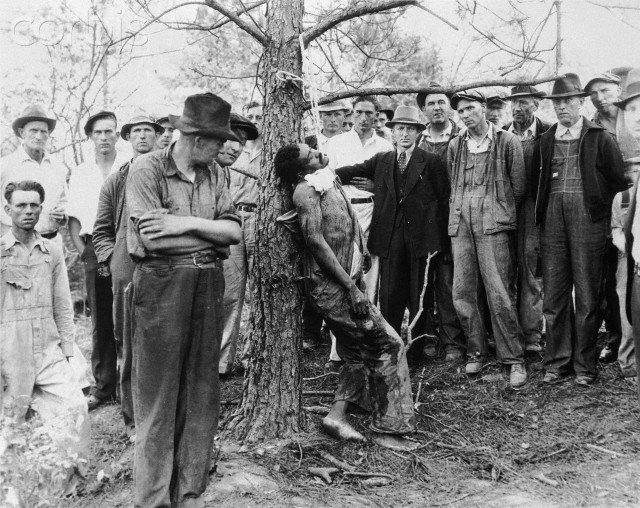

In these ten chapters, Hunter succinctly deconstructs and subverts ‘approved’ working-class narratives. They discuss striking a female partner with no attempt at excuse, choosing to use it as a means to dissect themselves for the reader to see. They write about their sexual abuse by their grandfather, but chooses to use this as a springboard to discuss the needs for carceral reform – abolishing the abusive system that enables abuse, which includes the abusive prison system itself. Hunter bares themselves to the reader, in order to analyse these incidents in light of class and oppression that the reader might understand.

The main body of the work is sometimes harrowing reading, and all of them are deeply personal D. It does this by linking ten encounters from the author’s life to leading revolutionary theory. More by J.Tracksuits, Traumas and Class Traitors brings together a myriad of threads to produce a truly intersectional picture of the lumpenproletariat in Britain in a way that many ostensibly communist organisations have singularly failed to do. Here is a list of links to other texts, discussing and debating Settlers: (A lightly edited version also appears in the newest edition of Settlers as an appendix.) Sakai On the Chicano-Mexicano National Question,” and is currently hosted at. It is available in audio here, and the transcript became the pamphlet, “Stolen At Gunpoint: Interview with J. Sakai was interviewed by Ernesto Aguilar for KPFT Pacifica Radio. The text of this interview is available alongside Kuwasi Balagoon’s The Continuing Appeal of Anti-Imperialism in the pamphlet When Race Burns Class, published and distributed by Kersplebedeb. The text of the interview, along with Balagoon’s review, are both provided here, so you can read them online. Sakai agreed to be interviewed by Solidarity Publishing and Distribution, a prisoner-support project based here in Montreal. Or perhaps the academic dismissal of Settlers is due to the fact that it was published by a fringe press and presented in a somewhat unorthodox manner: the type-setting, use of found images and collage, and 8.5×11 graphic novel size does not fit the acceptable standards of an “authoritative” book. Perhaps the reason for its academic neglect can be blamed on its unsober use of language and rhetorical tone: those who study political theory within the polite confines of academia tend to zone out when they read phrases and words that break the implicit rules of intellectual chivalry. Sakai’s Settlers: The Mythology of the White Proletariat was published in the mid-1980s it has remained at the edges of “acceptable” social theory, just at the threshold of obscurity.


 0 kommentar(er)
0 kommentar(er)
